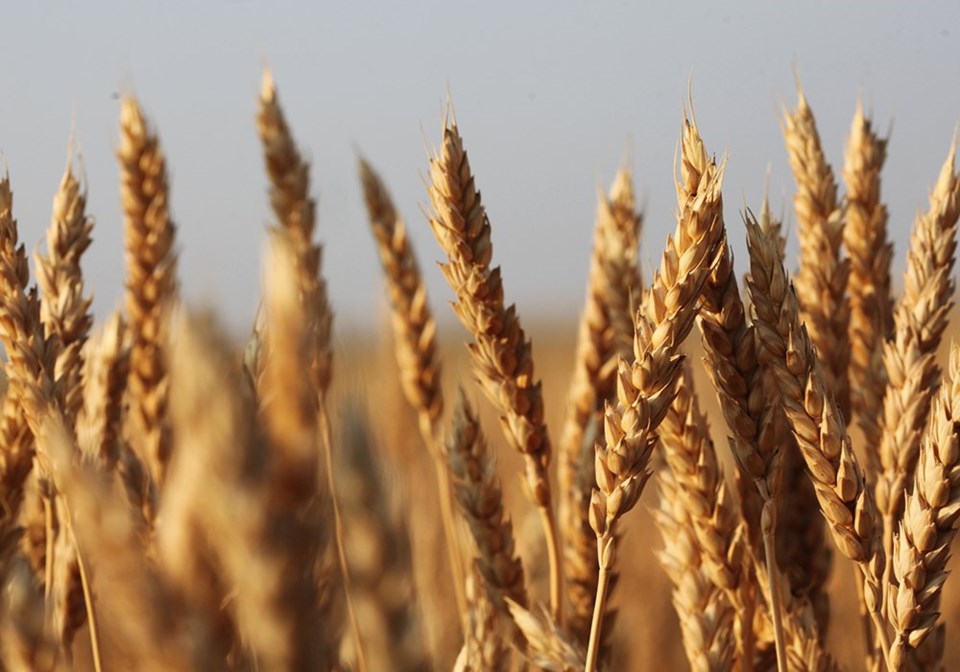WESTERN PRODUCER — Russia has fumbled its war in Ukraine and is under severe economic sanctions, but there is a strong likelihood it will be in the driver’s seat in the world’s wheat market this year.
Analysts forecast a near record wheat crop for Russia and booming exports while bad weather is shrinking production prospects in North America, Europe, India and South America.
Meanwhile, tens of millions of tonnes of last year’s wheat and corn are stuck in Ukraine storage, unable to move because Russia won’t allow ships into the export terminals of Odessa and other Ukraine Black Sea ports.
The situation had United Nations secretary-general Antonio Guterres in “intense contact” last week with officials in Russia, Ukraine, Turkey, the United States and the European Union to negotiate a restoration of Ukrainian grain exports.
Moscow’s control over the grain exported from its own country and Ukraine is one of the few cards it has to play as much of the world condemns its unprovoked and brutal war on Ukraine. The other card is its huge exports of oil and gas.
Since Russia invaded Ukraine, most attention in western capitals was how to limit Putin’s power from energy exports, but last week more focus was put on the food crisis.
I’ll examine efforts to free up Ukraine exports in a moment, but first let’s look at Russia’s wheat situation.
Russia exported a lot of grain this spring despite the war, the economic sanctions on it and the high insurance costs for ships in the Black Sea.
It is now nearing the end of its marketing year.
Harvest does not begin in earnest until July, but weather so far has been favourable and last week analysts raised production forecasts.
Consultancy IKAR lifted its wheat outlook by 1.5 million tonnes to 85 million while Sovecon raised its to 88.6 million tonnes, which would be a new record high. Weather challenges last year limited the crop to 76 million tonnes.
IKAR forecast Russia wheat exports for 2022-23 at 39 million tonnes, up from about 32 million this year.
Satellite vegetation index imagery from the U.S. Department of Agriculture’s Crop Explorer website shows Russia’s winter wheat areas, which are mostly immediately east of Ukraine and the Black Sea, are in good shape. Spring wheat areas north of Kazakhstan have below normal rainfall.
Russian president Vladimir Putin has already used Russia’s energy exports as a geopolitical tool.
For example, when Finland announced its intention to join NATO, Russia cut the electricity it supplied to the country and it might cut gas exports, as it did to Poland and Bulgaria in April as punishment for their support for Ukraine.
Many fear Putin will start weaponizing access to Russian wheat.
He’s already done that with Ukraine’s grain. His blockade of Ukraine’s ports is a major reason why wheat prices are so high and unaffordable for poor countries.
Russian officials say they’ll lift the blockade only if sanctions on exports of Russian goods are lifted.
The European Union and NATO are trying to help Ukraine get around the port blockade to generate income for Ukraine and free up space for the coming harvest.
Some grain is getting out by rail, truck and barge, but that is severely limited.
The biggest problem is that the width of Ukraine’s rail tracks, the gauge, is wider than the European standard. Rail cars get to the border and then must be trans-loaded onto European cars or lifted and set on bogies of the EU gauge.
Some grain can also get out using barges on Ukraine’s small ports on the Danube River, but they are overwhelmed with a huge number of rail cars waiting to be unloaded.
Nevertheless, the EU and NATO are working to optimize co-ordination of resources to move more Ukraine grain to export and to storage within the EU. Governments are also pledging more money to global food programs so they can afford to buy grain to feed those in famine and war-torn regions.
It is an enormous task to try to lessen the chaos caused by Russia’s blockade.
But imagine what chaos would ensue if Putin embargoed Russia’s exports? It is almost too ugly to contemplate.
Other wheat crops around the world are in trouble.
Seeding is much behind normal in the eastern Canadian Prairies and northern United States. Southern Alberta is exceptionally dry.
Crops in a large part of France are stressed from above normal temperatures and dry conditions. It is also dry in Germany and Poland.
India revised down its wheat crop estimate by 4.4 percent because of hot weather, causing it to modify its earlier talk of increasing exports. It will allow commercial exports already on the books, but from now on will allow only government-to-government deals.
The USDA forecast China’s wheat crop at 135 million tonnes, down one percent from last year. Good weather this spring helped maintain yields after a bad seeding season last fall but quality was hurt and a larger amount than normal will be feed quality.
Meanwhile, corn farmers in southern Brazil were worried about forecasts for frosts this week and dry weather remains a concern for central areas.

